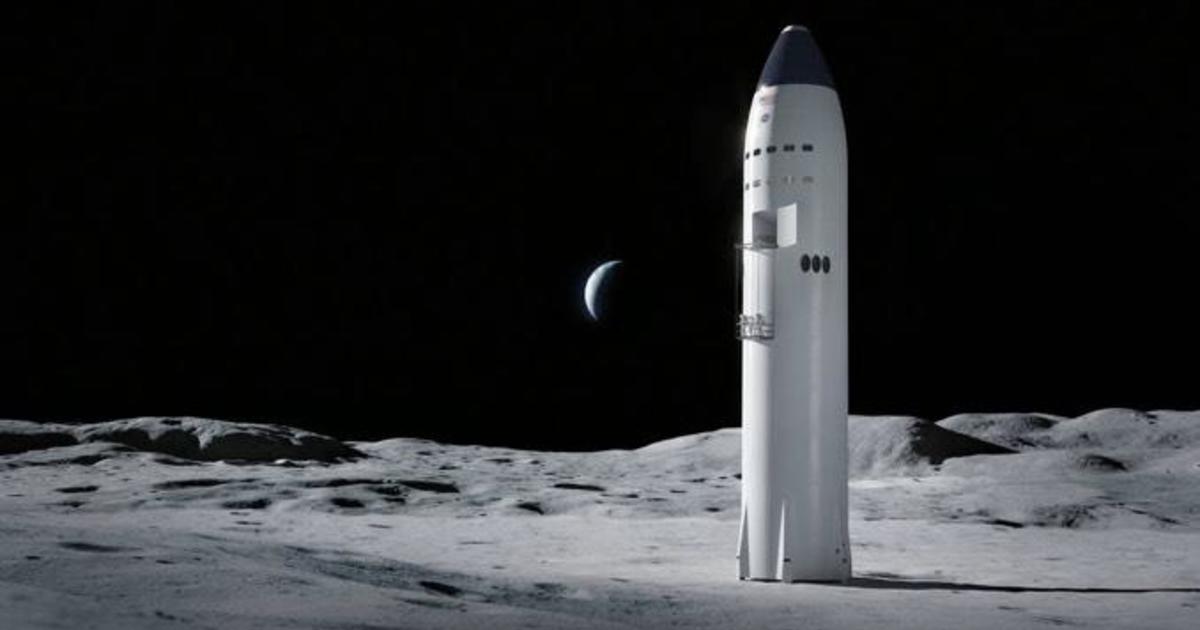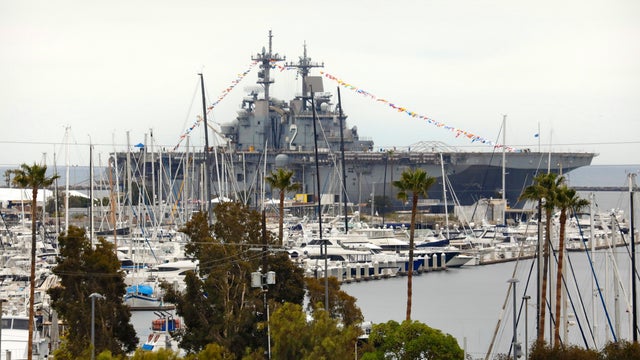

NASA's 2025 Artemis Moon Landing: An Unlikely Prospect, Says GAO Report A new report from the Government Accountability Office (GAO) casts significant doubt on NASA's ambitious goal of landing astronauts on the Moon in 2025 under the Artemis program. Citing a confluence of persistent technical challenges, budgetary constraints, and ongoing testing delays, the GAO concludes that achieving a crewed lunar landing by that deadline is "unlikely." The report highlights several key areas of concern. Development of the Space Launch System (SLS) rocket, a crucial component of the Artemis missions, continues to lag behind schedule and faces significant cost overruns. Repeated delays in testing and integration have pushed back launch dates, impacting the overall timeline. Furthermore, the report points to unresolved issues with the Orion spacecraft's heat shield, a critical element for ensuring the safe return of astronauts from the Moon's surface. Thorough testing and certification of this system are deemed essential, but the timeline for completion remains uncertain. Beyond the hardware, the GAO also raises concerns about the readiness of the human landing system (HLS), the lunar lander responsible for transporting astronauts to and from the lunar surface. The report suggests that insufficient testing and integration could jeopardize the safety and reliability of the lander, further complicating the mission's feasibility. Budgetary pressures also contribute to the pessimism surrounding the 2025 target. The report notes that consistent funding levels are vital for the successful completion of the program, and any further budget cuts or reallocations could lead to more delays and potentially jeopardize the mission altogether. While acknowledging NASA's efforts to accelerate the program, the GAO stresses the complexity of the Artemis missions and emphasizes the need for a realistic assessment of the challenges ahead. The report recommends increased transparency and better communication regarding the program's progress and challenges, as well as a comprehensive review of the current timeline and resources to determine a more achievable launch date. Unless significant breakthroughs are achieved and unforeseen obstacles are overcome, the 2025 lunar landing appears increasingly improbable, leaving the possibility of a later launch date as the more realistic outcome. The report serves as a cautionary tale, highlighting the inherent difficulties in undertaking such complex and ambitious space exploration endeavors.

A fast-track schedule, along with delays developing SpaceX's moon lander and new , make the "unlikely" in 2025 and, based on past experience, a delay to 2027 could be expected, the Government Accountability Office said in a report released Thursday.
"NASA and its contractors have made progress, including completing several important milestones, but they still face multiple challenges with development of the human landing system and the spacesuits," the agency concluded.
"As a result, GAO found that the Artemis III crewed lunar landing is unlikely to occur in 2025."
NASA is attempting to develop its moon landing system more than a year faster than average for such major projects. "The complexity of human spaceflight suggests that it is unrealistic to expect the program to complete development more than a year faster than the average for NASA major projects," .
"GAO found that if development took as long as the average for NASA major projects, the Artemis III mission would likely occur in early 2027."
While late 2025 remains the official Artemis III launch target, NASA already was re-assessing the flight schedule. Agency officials have raised the possibility of "repurposing" the Artemis III mission if it turns out a moon landing isn't feasible in the near-term timeframe.
But NASA has not yet announced any such changes.
The Artemis program aims to return astronauts to the moon for the first time since the Apollo program's last lunar landing in 1972. In so doing, the space agency would get there well ahead of China, which plans to land its "taikonauts" on the moon in the 2030 timeframe.
U.S. and partner-agency astronauts will fly to the moon in Lockheed Martin-built Orion capsules launched atop the agency's Space Launch System heavy-lift rocket, built for NASA by Boeing, United Launch Alliance and Northrop Grumman.
An initial, unpiloted around-the-moon test flight — Artemis I — was last November and NASA hopes to on a similar flight, Artemis II, in late 2024 or early 2025.
The Artemis III mission is intended to carry four astronauts to lunar orbit where they will rendezvous with a variant of SpaceX's Starship rocket, known as the Human Landing System, or HLS. Two astronauts then would move into the HLS for descent to the moon's south polar region.
Once on the surface, the first woman and the next man to will use new spacesuits designed by Axiom Space as a commercial venture. Once the initial six-day surface mission is complete, the astronauts would fly back up to the waiting Orion capsule using the HLS.
The HLS is a variant of the commercial Starship upper stage used by SpaceX's Super Heavy rocket. NASA awarded SpaceX a in April 2021 to build the HLS system for the Artemis III flight.
The HLS will use most of its initial load of cryogenic liquid methane and liquid oxygen propellants just getting into Earth orbit after launch atop a Super Heavy booster.
To get to the moon, the HLS must be refueled. SpaceX plans to launch a Starship propellant depot and multiple "tankers" to fill it with the required methane and liquid oxygen.
The HLS vehicle then would attach itself to the depot, take on propellants and then head for the moon to await the Orion astronauts. NASA's contract with SpaceX requires one unpiloted lunar landing mission before astronauts launch on the Artemis III mission.
The GAO noted that the initial flight test of the integrated Super Heavy-Starship rocket was delayed by seven months to April. "It was then when the vehicle deviated from its expected trajectory and began to tumble."
A second test flight and while the Starship upper stage successfully reached space, a problem of some sort apparently triggered its self-destruct system just before, during or after engine shutdown. SpaceX has not yet provided details or announced when a third test might be attempted.
But given the presumably high number of successful flights required to demonstrate reliability and to perfect the required autonomous refueling systems, a moon landing in 2025 is not likely, the GAO concluded.
"SpaceX must complete a significant amount of complex technical work to support the Artemis III lunar landing mission, including developing the ability to store and transfer propellant while in orbit.
"A critical aspect of SpaceX's plan for landing astronauts on the moon for Artemis III is launching multiple tankers that will transfer propellant to a depot in space before transferring that propellant to the human landing system."
The GAO said NASA documentation "states that SpaceX has made limited progress maturing the technologies needed to support this aspect of its plan."
The other major issue facing the space agency is development of the new moonsuits. NASA spent $420 million over 14 years to come up with a viable design before awarding Axiom Space of Houston a $229 million contract last year to continue development on a more commercial basis.
But the GAO said Axiom faces multiple challenges, including a NASA requirement for an emergency oxygen supply lasting a full hour. Axiom also must address supply chain issues and obsolescence in existing spacesuit elements.
"As a result, Axiom representatives said they may redesign certain aspects of the space suit, which could delay its delivery for the mission," the GAO said.





